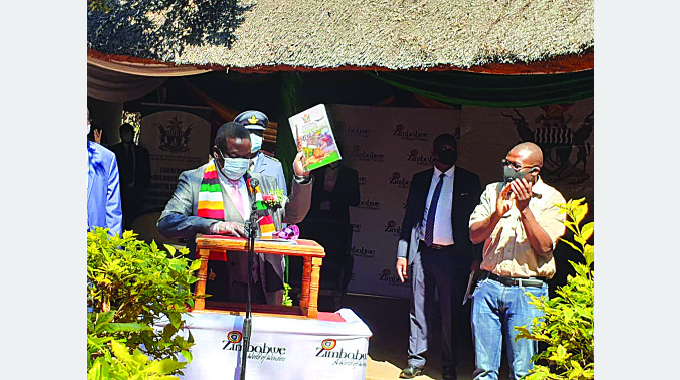Cotton lint crisis: 241 workers laid off

Edgar Vhera-Special Writer
WORKERS in the textile and spinning industry face an uncertain future amid revelations that the sector only received half of its lint requirements last season and has not received anything to date. The Herald has it on good authority that 241 workers have since been laid off, with more set to join them next week if the sector does not receive new lint supplies.
Zimbabwe Spinners and Weavers Limited operations director, Mr Ryan Norman, yesterday confirmed the development.
“We have run out of cotton lint and we shut down half of our factory 10 days ago, which forced us to send home workers from the spinning department.
“By Monday next week we will be laying off over 100 workers in the weaving section and in two weeks’ time, workers in the knitting section may also be going home,” said Mr Norman.
Zimbabwe produced about 54 000 tonnes of cotton lint in the 2021 cotton marketing season. Textile manufacturers normally require between 7 000 and 8 000 tonnes of lint per annum.
“Zimbabwe Spinners applied for 6 000 tonnes but it was allocated 3 000 tonnes. Other players in the textile manufacturers association had requested between 2 500 and 3 000 tonnes but only got 1 000 tonnes,” added Mr Norman.
Statistics from Agriculture Marketing Authority (AMA) show that Zimbabwe produced 137 762 tonnes of seed cotton last year.
Ginning of this quantity of seed cotton can produce about 56 482 tonnes of cotton lint.
Under the Government policy, 30 percent lint reserved for the local market would have seen ginners selling 16 945 tonnes to local textile and spinning firms.
Government has since adopted a deliberate policy of supporting domestic value addition, which requires that 30 percent of lint produced by ginners be reserved for local spinners.
The spinners are, in turn, required to reserve 50 percent of the yarn produced for the local market.
However, quantities that are not absorbed by the domestic market ends up being exported.
In an interview, AMA chief executive officer, Mr Clever Isaya, said:
“The position of the Government remains that of reserving 30 percent of all produced cotton lint for local players and AMA is mandated to enforce that regulation.”
Zimbabwe Textiles Manufacturers Association chairman Mr Admire Masenda, said it was puzzling that a country with comparative advantage in cotton production was running out of lint.
“The issue of the textile and spinning industry running out of lint despite the fact that cotton is grown locally is baffling.
“Having biggest textile companies like Glendale and Kadoma laying off more than 240 workers due to shortage of lint is shameful.
“In 2021, 54 000 tonnes of lint were produced and normally local textile industry gets 8 000 tonnes of lint per annum but from the 2021 cotton season only 50 percent of lint was received which has since run out,” he said.
Mr Masenda said the desire by cotton merchants to export cotton lint to get foreign currency payments at the expense of the local textile sector was worrying especially since the lint exporters were not taking heed of the Government’s call for value addition of cotton lint into yarn that fetches a double price.
Value addition curtails job exportation, creates jobs, earns the country increased foreign currency and provides economic development for the country.
“Merchants are prioritising cotton lint exports against Government’s value addition call for increased foreign currency earnings. The price of yarn is twice that of lint while the price of fabric is higher than that of yarn.
“The country cannot even lure foreign investors into value addition initiatives on the backdrop of the unavailability of lint,” added Mr Masenda.








Comments